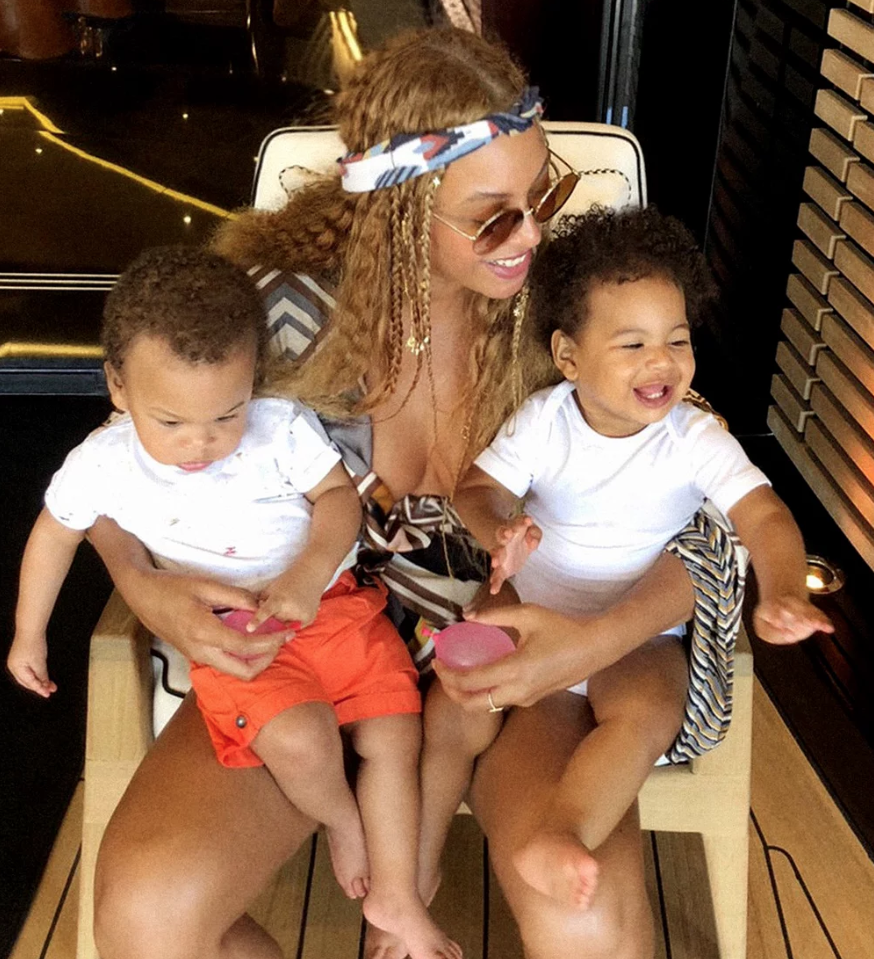Beyoncé reveals scary pregnancy complications — but what exactly is toxemia?
It’s been years since Beyoncé has given an interview. Apparently the last time she answered a direct question from a journalist was, according to the New York Times, in 2014. But for Vogue’s September issue, the singer is opening up like never before.
In an as-told-to for the magazine, Beyoncé revealed the complications she faced during pregnancy with her twins, Rumi and Sir, who were born last year. “I was 218 pounds the day I gave birth to Rumi and Sir. I was swollen from toxemia and had been on bed rest for over a month,” she said. “My health and my babies’ health were in danger, so I had an emergency C-section.”

Unbeknownst to many, Beyoncé spent many weeks in the NICU after the births, alongside her husband Jay-Z — whom she refers to as a “soldier and a strong support system.” Unlike the months after delivering her first child, Blue Ivy, this time Beyoncé says she allowed her body to slowly heal after the ordeal.
“I was in survival mode and did not grasp it all until months later. Today I have a connection to any parent who has been through such an experience. After the C-section, my core felt different. It had been major surgery. Some of your organs are shifted temporarily, and in rare cases, removed temporarily during delivery. I am not sure everyone understands that,” she said. “I needed time to heal, to recover. During my recovery, I gave myself self-love and self-care, and I embraced being curvier. I accepted what my body wanted to be.”

Beyoncé went on to mention the changes in her body, specifically — to the delight of the internet — calling out her “mommy pouch,” saying “right now, my little FUPA and I feel like we are meant to be.” While the body positivity was greeted with open arms, the mention of her C-section and pregnancy complications have sparked concern. So what is toxemia, and is it something that happens often?
Toxemia is actually an outdated term for preeclampsia, a condition that the Mayo Clinic defines as “a pregnancy complication characterized by high blood pressure and signs of damage to another organ system, most often the liver and kidneys.” Commonly seen in a later stage of pregnancy, the condition can appear anywhere after the 20-week mark of pregnancy and can be extremely dangerous.

The condition is diagnosed through “persistent high blood pressure during pregnancy,” which manifests in a variety of symptoms including headaches, severe weight gain, water retention, stomach pain, dizziness, and vomiting. There are several risk factors for preeclampsia, including chronic hypertension, obesity, and age — but it is also more commonly seen in women carrying twins.
If left untreated, the condition can endanger both the mom (through seizures or stroke) and the child or children (there’s a risk of preterm delivery and low birth weight). According to the Centers for Disease Control, the condition affects between 6 and 8 percent of pregnancies among 20- to 44-year-old women each year. The best way to successfully treat preeclampsia is to deliver the child, which may be most safely done through a C-section.
Although C-sections carry a number of risks, they are a routine procedure in the U.S. today, with more than 30 percent of babies delivered this way each year, according to the CDC. In Beyoncé’s case, it may have been a lifesaving procedure — one that led to the birth of two beautiful, happy babies.
It’s something Beyoncé, for one, seems unspeakably thankful for. “I’m in a place of gratitude right now,” she ended the piece in Vogue. “I am accepting of who I am. I will continue to explore every inch of my soul and every part of my artistry. I want to learn more, teach more, and live in full.”
Read more from Yahoo Lifestyle:
Hijabis may be fashion’s latest darling, but 76% of Muslim-American women still feel judged
How Muslim style star Leah Vernon decided ‘to be myself, unapologetically’
Follow us on Instagram, Facebook, and Twitter for nonstop inspiration delivered fresh to your feed, every day.


